Iodine is an incredibly important mineral that our bodies need to function properly.
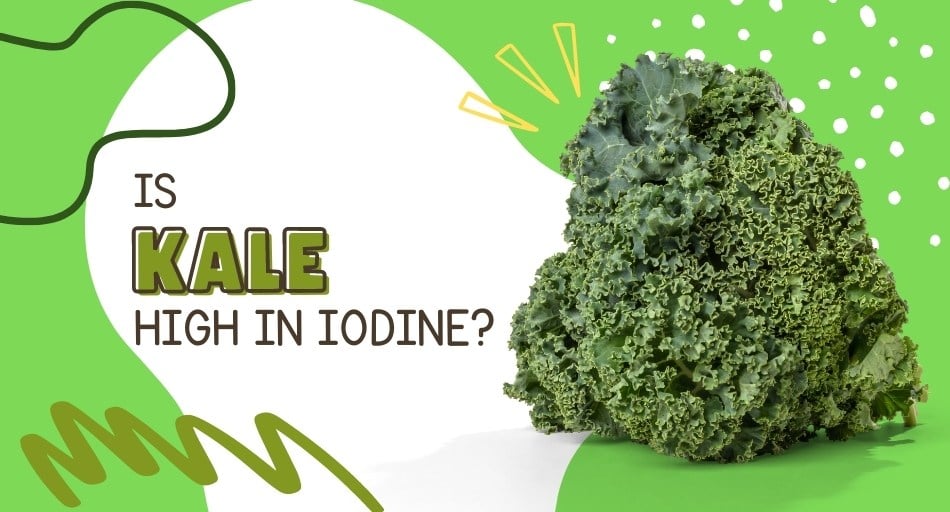
Most healthy adults get enough iodine each day from a varied diet and healthy lifestyle. But sometimes, it’s important to include more iodine-rich foods in your diet, especially if you’re at risk of deficiency.
Kale is considered to be a superfood among all health-conscious individuals. It makes sense – it’s packed with various nutrients and antioxidants and doesn’t contain too many calories.
But is kale a good source of iodine? Should you eat it to get more of this mineral into your diet?
Table of Contents
Is Kale High In Iodine
Kale, just like most other leafy greens, isn’t too high in iodine. Depending on where it’s grown, some varieties might be richer in this mineral, but it’s still not enough to fulfill your daily need.
Aside from iodine, though, kale is an excellent source of powerful antioxidants and beneficial vitamins and minerals.
So, adding it to your diet – both raw and cooked – is beneficial for your overall health and wellbeing.
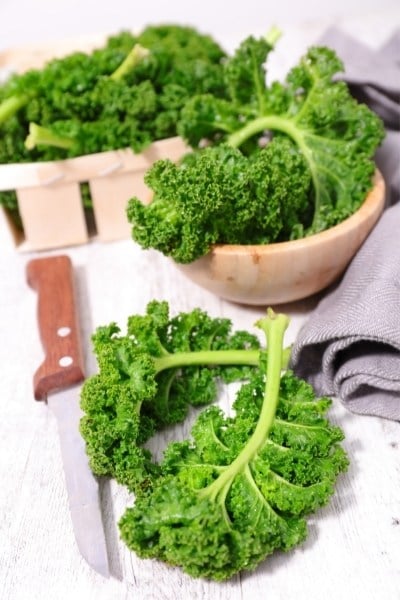
How much iodine is in kale?
One cup of raw kale contains around 3 micrograms (mcg) of iodine. This isn’t a lot, especially considering that a healthy adult should get anywhere between 150 to 200 mcg of iodine each day.
Most vegetables and leafy greens are relatively low in iodine. So, they don’t help you reach your daily dietary need for this mineral, but they’re also safe for people with thyroid issues.
So, if you know you have to consume less iodine than most people, kale and other leafy greens might be the best choice for you.
But always make sure to check in with your doctor if you have any health concerns about the food you’re eating.
Can you get too much iodine from kale?
Since an average, healthy adult requires about 150-200 micrograms of iodine per day, eating kale won’t lead to an overdose of this mineral.
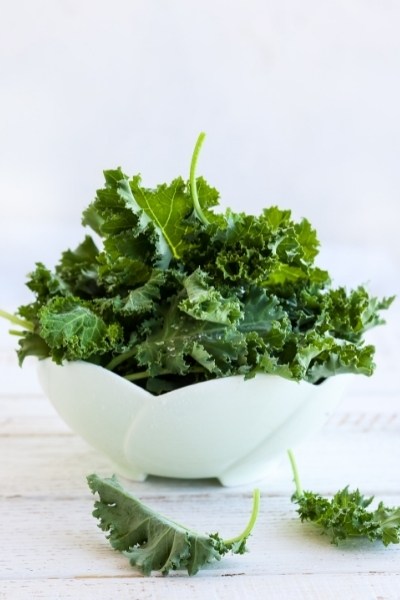
Even if you consumed only kale all day – which isn’t healthy anyway – you’d still not get too much iodine from this leafy green.
In fact, kale is rather deficient in iodine. So, make sure to eat other foods that are high in this mineral. These include shellfish, seaweed, fish (especially haddock and cod), and dairy products.
It’s also important to note that some people can’t get too much iodine from their diet due to a medical condition.
So, if you know you have to follow a special diet that’s lower in iodine, keep that in mind when adding more iodine-rich foods to your meals.
Is cooked kale higher in iodine?
A one-cup serving of cooked kale contains about 5 to 6 mcg of iodine. While this might seem like cooked kale is higher in iodine, it’s not really true. It’s just that cooked kale weighs more in a single serving than raw kale.
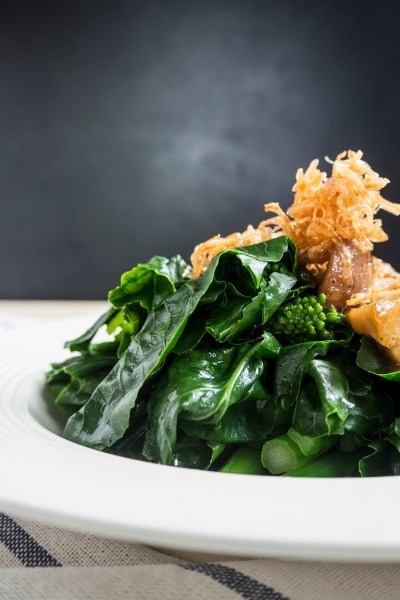
So, you’re getting more iodine per serving.
Also, since it’s more compact, cooked kale provides you with way more of each nutrient, such as vitamin A, vitamin C, vitamin K, copper, and selenium, than raw kale.
Because of that, if you’re looking to up your intake of these micronutrients, consuming cooked kale might be much better for you.
In addition, it might be easier for most people to eat cooked kale than raw kale, as it can be prepared with various spices for added flavor.
Is kale good for you?
Kale is very low in calories, providing you with only about 33.5 calories in a one-cup serving. Most of these calories come from carbohydrates – mostly fiber and no sugar.
Because of that, kale is a weight loss-friendly food that can help you manage a healthy weight.
What’s more, kale is rich in various vitamins, especially vitamin K. This fat-soluble micronutrient is responsible for making various proteins crucial for blood clotting and the building of bones.
As a result, getting enough vitamin K from your diet can lower your risk of bone-related issues like osteoporosis, bone fractures, and bone density loss.
One cup of chopped raw kale also provides you with twice as much vitamin A as you need a day. This is yet another fat-soluble micronutrient, and it’s important for the health of your eyes.
In fact, vitamin A helps protect your eyes from night-time blindness and age-related decline. It also lowers your risk of certain types of cancer, as it also works as an antioxidant.
So, as you can see, eating kale is exceptionally good for your eyesight.
Speaking of antioxidants, kale is a wonderful source of these plant compounds. Studies have shown that cruciferous vegetables (such as kale) can significantly lower your risk of certain cancers.
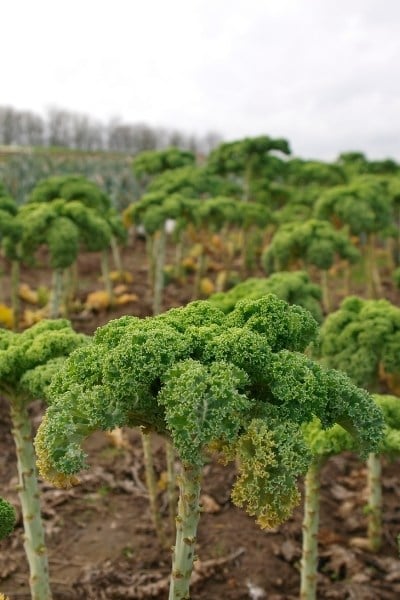
This is because the plant compounds in kale flush out free radicals from your body, preventing oxidative stress.
This is important as oxidative stress is linked with a higher risk of chronic conditions like diabetes, heart disease, and even cancer.
So, loading up on antioxidant-rich foods is important for disease prevention.
What’s more, eating kale can also help you prevent mineral deficiencies, which are very common these days.
Kale contains a lot of copper, manganese, potassium, and calcium, which are all important minerals that contribute to vital body functions.
They’re also easily flushed out of our bodies, so it’s important to take them in each day.
Another mineral that kale packs a lot of is iron. Most dark leafy greens are rich in iron, but kale trumps most of them.
This mineral is important for the creation of red blood cells, and it also lowers your risk of anemia.
So, there’s no reason not to consume kale at least a couple of times a week.
Conclusion
Just like other leafy greens and vegetables, kale isn’t too high in iodine. It does contain trace amounts of this mineral, but it doesn’t contain nearly enough to fulfill your daily need for this nutrient.
On the bright side, kale is still loaded with various important minerals and vitamins as well as powerful antioxidants that contribute to good health and disease prevention.
So, adding it to your diet is a wonderful idea, whether you get a lot of iodine from it or not.
Sources: Nutrition Data, British Dietetic Association, and National Library of Medicine
